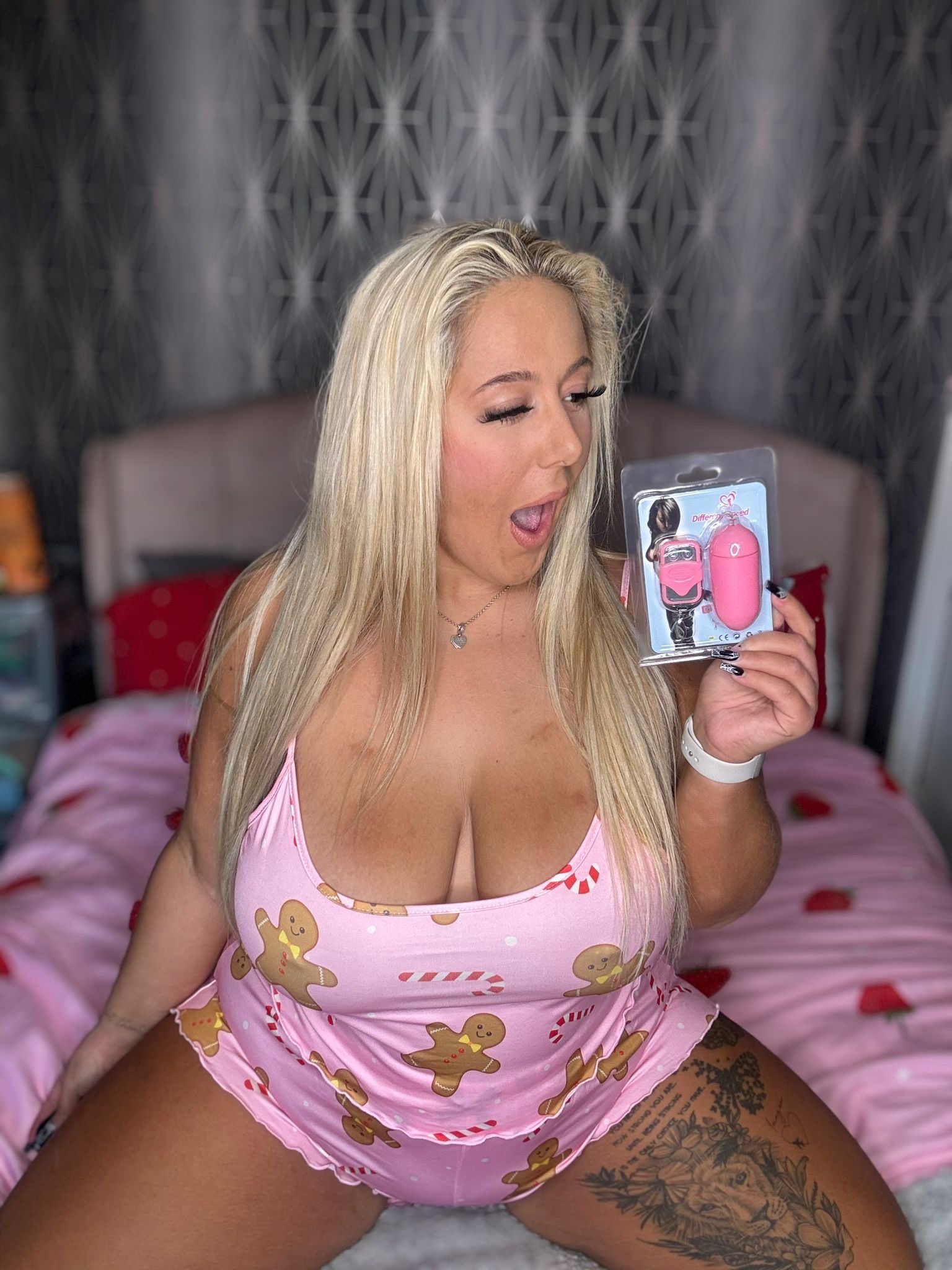Navigating Societal Norms
Navigating societal norms surrounding gender can be particularly challenging for individuals who identify as non-binary, as these norms often rigidly enforce a binary framework of male and female. This binary system permeates many aspects of our lives, from language and social interactions to legal documents and cultural expectations.
The perils of the gender binary lie in its inherent limitations and the harm it can inflict on those who do not conform to its strict categories.
Here are some key points to consider:
-
Exclusion and Marginalization: The gender binary excludes individuals who identify as neither male nor female, or who experience their gender identity in a way that transcends these categories. This exclusion can lead to feelings of isolation, invalidation, and marginalization.
-
Limited Self-Expression: The binary restricts how people can express their gender identity through clothing, behavior, and other means. Non-binary individuals may face pressure to conform to stereotypical norms associated with either male or female gender expressions, suppressing their authentic selves.
-
Assumptions and Misgendering: The pervasiveness of the binary often leads to assumptions about a person’s gender based on their appearance or name. This can result in misgendering, where individuals are referred to using pronouns or language that does not align with their gender identity, which can be deeply distressing.
-
Internalized Oppression: The constant messaging about a rigid binary can internalize feelings of inadequacy or “wrongness” in non-binary individuals. This can lead to self-doubt, anxiety, and difficulty asserting one’s identity.

Moving beyond the limitations of the gender binary requires a fundamental shift in our understanding of gender as a spectrum rather than a dichotomy.
This shift necessitates:
-
Education and Awareness: Increasing awareness and understanding of gender diversity through education, open dialogue, and representation of non-binary individuals in media and society.
-
Respectful Language and Pronouns: Using people’s correct pronouns and names, and being mindful of language that reinforces binary categories.
-
Inclusive Policies and Practices: Implementing policies and practices in all areas of life (education, healthcare, employment) that are inclusive of non-binary individuals.
-
Challenging Gender Stereotypes: Actively challenging harmful stereotypes and expectations associated with gender, and promoting greater gender equality.
Ultimately, creating a society that values and respects gender diversity requires ongoing effort, empathy, and a willingness to challenge deeply ingrained norms.
Navigating societal norms presents unique challenges for individuals who identify as non-binary and seek to build relationships that defy traditional binary models. Society often operates on the assumption of a male/female binary, which shapes expectations around gender roles, relationship structures, and social acceptance.

Deconstructing these ingrained societal norms requires conscious effort and a willingness to challenge deeply held beliefs.
Here are some key considerations for navigating societal norms and deconstructing traditional relationship models within a non-binary context:
1. **Defining Your Own Relationship Model:**
Traditional relationships often fall into rigid categories like “husband” and “wife,” which may not resonate with everyone. Non-binary individuals have the freedom to define their own relationship models, exploring structures that better reflect their identities and needs.
2. **Communicating Openly and Honestly:**
Clear and honest communication is crucial in any relationship, but it becomes even more important when navigating unconventional dynamics. Discussing expectations, boundaries, and desires openly with partners can help foster understanding and build a strong foundation.
3. **Challenging Gendered Expectations:**
Society often assigns specific roles and responsibilities based on gender. Non-binary individuals may choose to challenge these expectations, dividing household tasks, financial responsibilities, or emotional labor in ways that feel equitable and fulfilling for all parties involved.
4. **Building a Support System:**
Finding a community of like-minded individuals who understand and accept non-binary identities can provide valuable support and encouragement. Connecting with other non-binary couples or joining online forums can offer a space to share experiences, seek advice, and celebrate diverse relationship models.
5. **Advocating for Change:
By living authentically and embracing non-traditional relationships, non-binary individuals contribute to broader social change. Their visibility challenges societal norms and creates space for more inclusive and accepting views on love, partnership, and family.
Remember that navigating societal norms is an ongoing process. It involves both internal reflection and external action. By embracing their true identities and challenging traditional expectations, non-binary individuals can create meaningful and fulfilling relationships that defy limitations.
Embracing Fluid Identities and Expression
Embracing fluid identities and expressions is about recognizing that gender is not a fixed, binary construct. It acknowledges that individuals exist on a spectrum of gender identities, and these identities can evolve and change over time.
Celebrating non-binary love stories in a society that values binaries is crucial for several reasons:
-
Representation Matters: Seeing diverse representations of love and relationships helps normalize non-binary experiences and makes individuals feel seen, heard, and validated.
-
Challenging Binary Norms: By showcasing non-binary couples, we disrupt societal expectations and challenge the notion that love must fit into predefined categories.
-
Promoting Inclusivity: Celebrating these stories creates a more inclusive bdsm rules for subs and accepting environment for all individuals, regardless of their gender identity.
Non-binary relationships can take on many forms, defying traditional labels and expectations. Some common characteristics include:
-
Fluid Gender Expressions: Partners may experiment with different styles of dress, pronouns, and mannerisms, embracing fluidity in their gender presentations.
-
Non-Traditional Relationships: Non-binary couples may choose relationship structures that do not conform to monogamy or traditional gender roles.
-
Emphasis on Authenticity: Many non-binary relationships prioritize authenticity and emotional connection over societal expectations.
Society’s tendency to value binaries can create challenges for non-binary individuals and their relationships. Here are some of these challenges:
-
Lack of Visibility: The limited representation of non-binary relationships in media and culture can lead to feelings of isolation and invisibility.
-
Misunderstandings and Prejudice: Some individuals may hold misconceptions about non-binary identities, leading to discrimination or prejudice.
-
Social Pressure: Societal norms can create pressure on non-binary couples to conform to binary expectations, which can be stressful and damaging.
Ultimately, embracing fluid identities and celebrating non-binary love stories is about creating a more just and equitable world where everyone feels loved, accepted, and celebrated for who they are.
Embracing fluid identities and expression is crucial for fostering inclusivity and understanding in contemporary society.
Historically, societal structures have often enforced rigid binary categories for gender and sexuality, leaving little room for the spectrum of human experience.
These binaries can be limiting, failing to capture the complexities and nuances of individual identities.

Non-binary individuals, who do not identify exclusively as male or female, challenge these traditional norms.
Their experiences highlight the need for a more fluid understanding of gender, recognizing that it is a spectrum rather than a binary choice.
Similarly, relationships are not confined to heteronormative models.
Individuals may experience attraction and connection in diverse ways, regardless of their gender identity or expression.
Polyamorous, open, and queer relationships demonstrate the vast range of human intimacy and love.
Building inclusive spaces for *all* relationships requires a conscious effort to deconstruct binary thinking and embrace diversity.
This involves:
* **Education and awareness:** Increasing understanding of non-binary identities and relationship models through open dialogue, workshops, and educational resources.
* **Language inclusivity:** Using gender-neutral language and avoiding assumptions about individuals’ identities or relationships. *Pronoun respect* is essential.
* **Safe and affirming spaces:** Creating environments where all individuals feel comfortable expressing their identities and relationships without fear of judgment or discrimination.
This can include community centers, social groups, and online platforms that prioritize inclusivity.
Challenging societal norms and embracing fluidity in identity and expression is essential for creating a more just and equitable world.
By fostering understanding and acceptance of diverse experiences, we can build truly inclusive spaces where all relationships are celebrated.
Finding Your Own Path
Embarking on a journey of self-discovery often feels like navigating uncharted territory, especially when societal norms and expectations press upon us from all sides. Finding your own path requires introspection, courage, and a willingness to defy conventions, particularly when it comes to love and relationships.
Recognizing individual needs and desires is the cornerstone of forging your own path. It necessitates a deep understanding of your authentic self, your emotional landscape, and what truly brings you joy and fulfillment. This can involve questioning ingrained beliefs about love, partnership, and gender roles.
For non-binary individuals, this introspection often intersects with societal pressures to conform to binary definitions of relationships. The expectation to fit neatly into the categories of “male” and “female,” or “husband” and “wife,” can feel restrictive and alienating. It’s crucial to remember that these are constructs, not inherent truths.
Navigating family and societal expectations adds another layer of complexity. Families often hold onto traditional views of relationships, and their well-intentioned advice might clash with your own desires. Society at large may express confusion or disapproval of non-binary relationships, perpetuating a sense of otherness.
Breaking free from these constraints requires open communication and setting clear boundaries. It’s important to educate loved ones about your identity and the nature of your relationships, while also asserting your right to define love on your own terms. Finding allies within your family and community can provide invaluable support and understanding.
Building a fulfilling life outside of societal expectations involves embracing your unique experiences and celebrating your individuality. This might mean seeking out communities that are accepting and inclusive, exploring creative outlets that express your authentic self, and surrounding yourself with people who celebrate your journey.
Ultimately, finding your own path is an ongoing process. It’s a continual exploration of self, a dance between embracing your true nature and navigating the world’s responses to it. It requires resilience, self-compassion, and the courage to rewrite the script of what love and relationships can be.
Read this full blog post
Get the full piece here
- Traptox Aka Trapezius Botox Treatment Near Kingswood, Surrey - December 7, 2025
- Traptox Aka Trapezius Botox Treatment Near Abinger, Surrey - December 4, 2025
- The Top CBD Infused Gummies For Better Sleep - December 1, 2025
